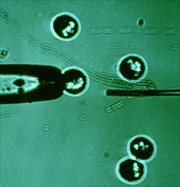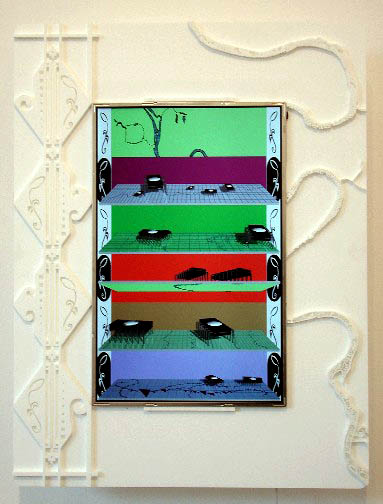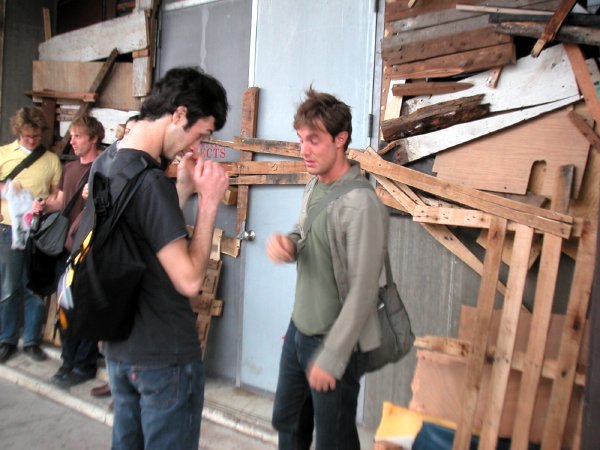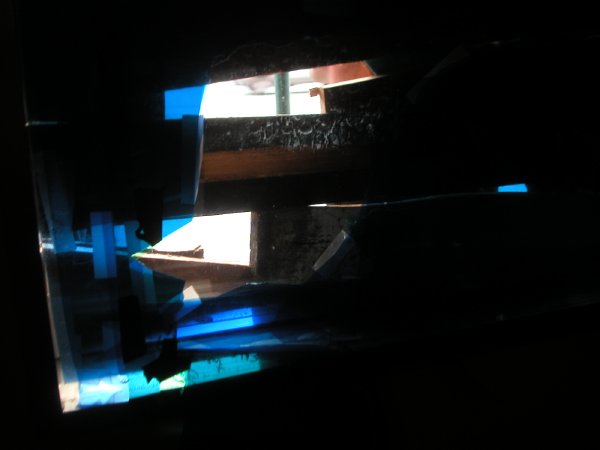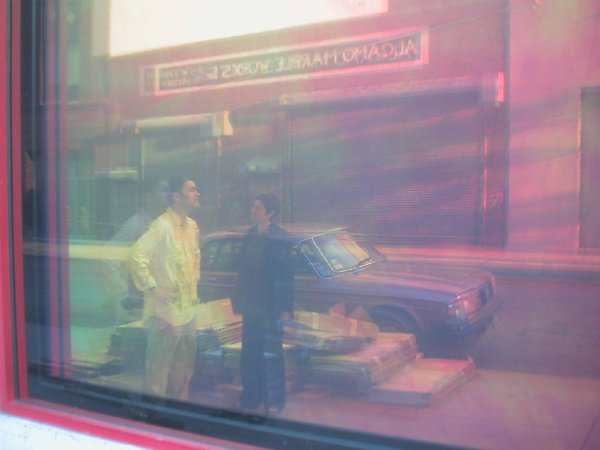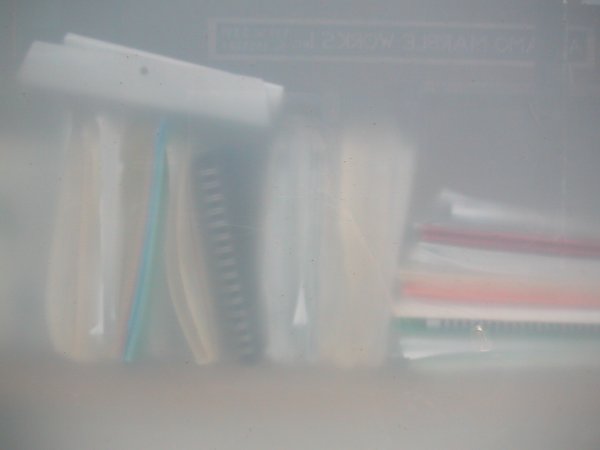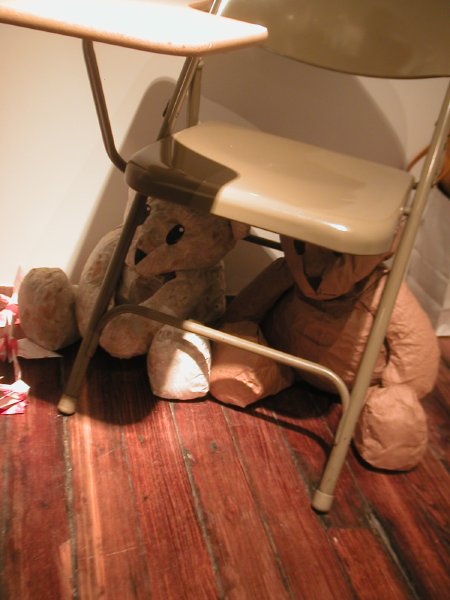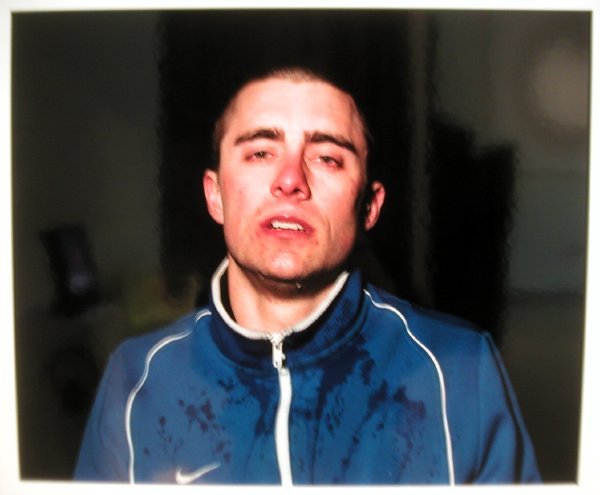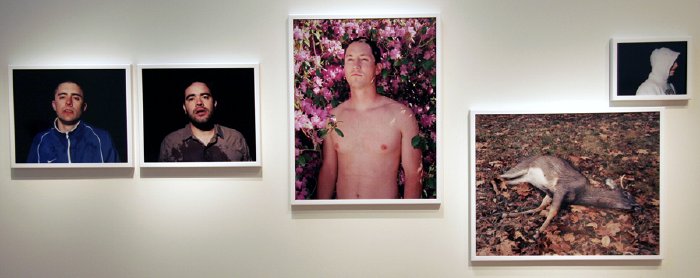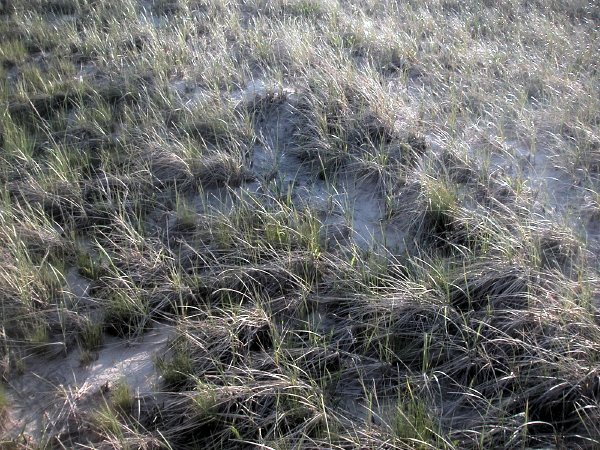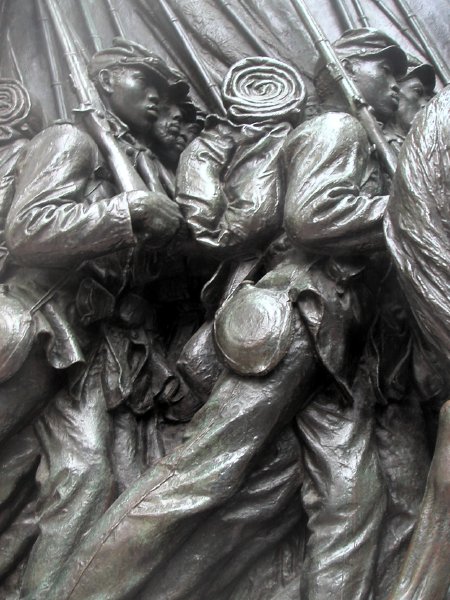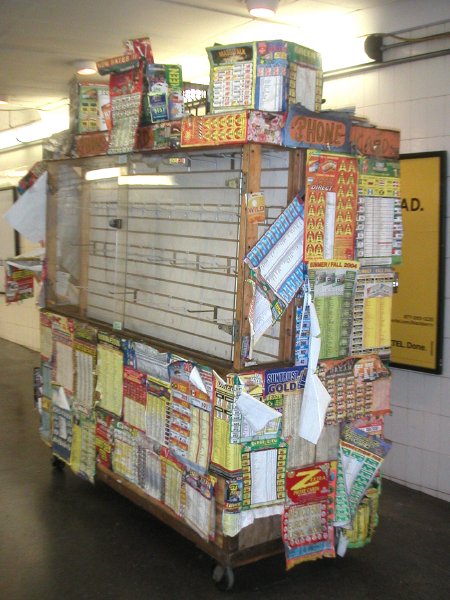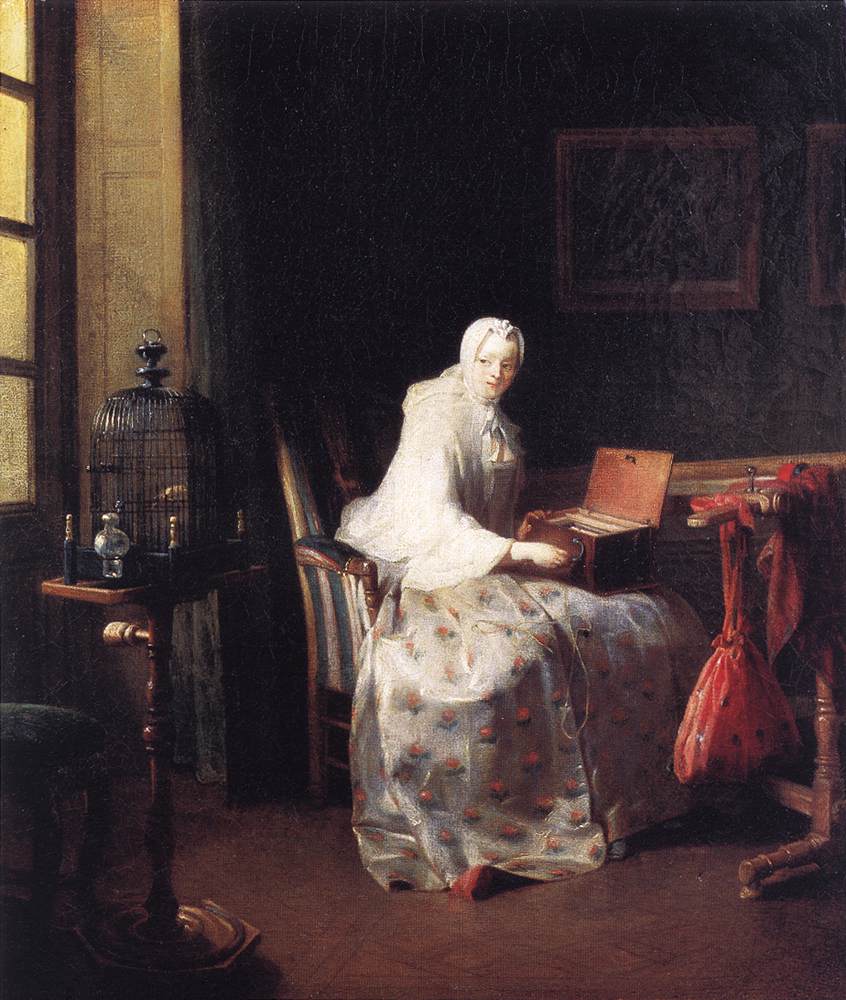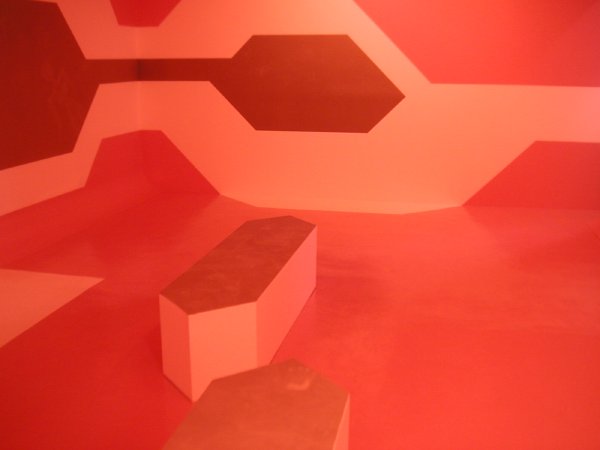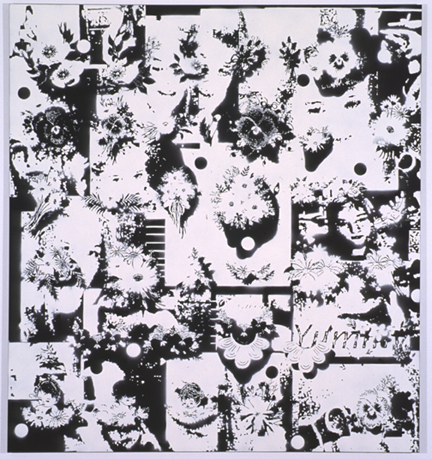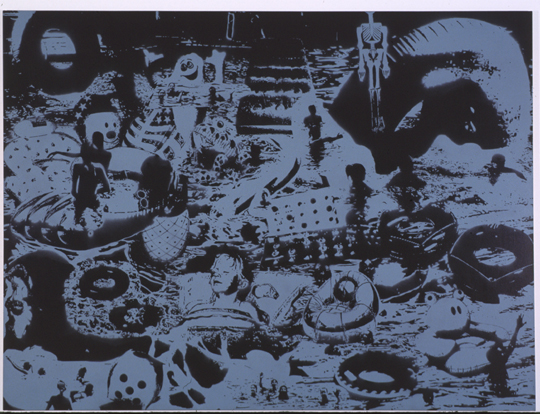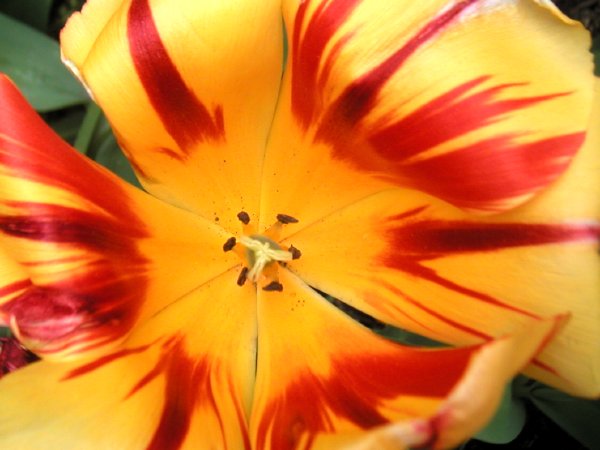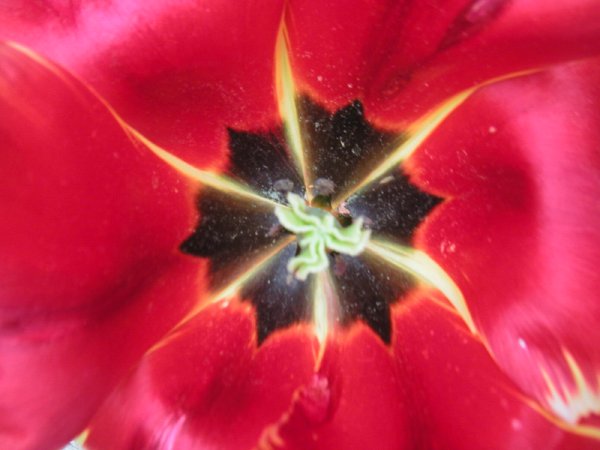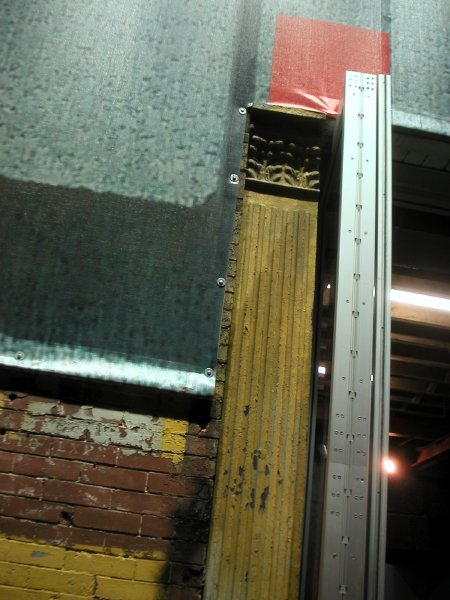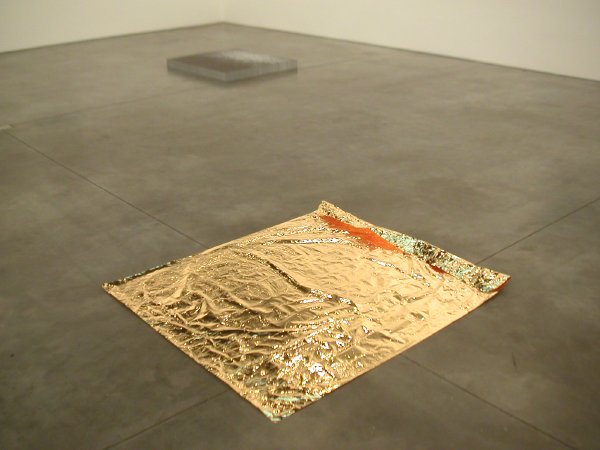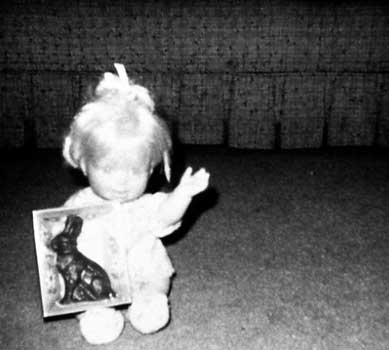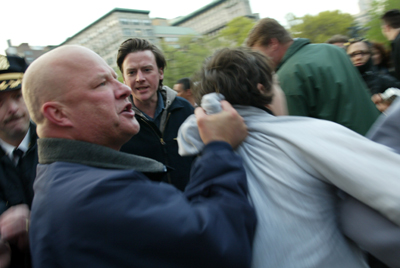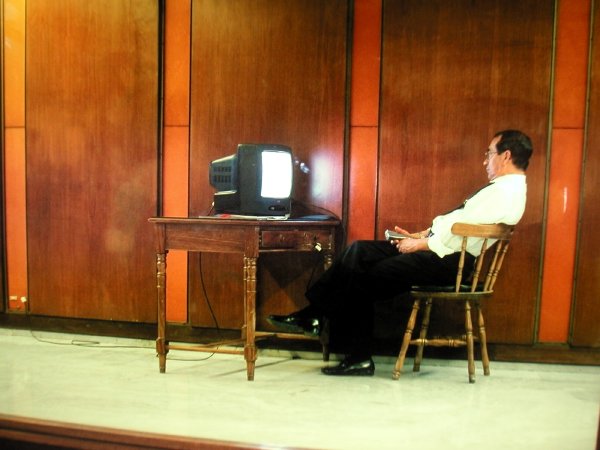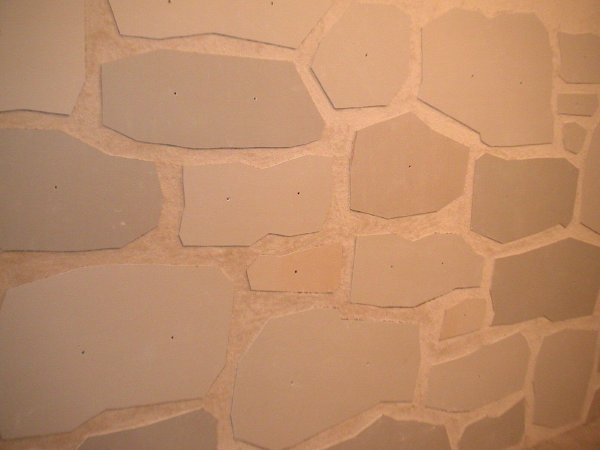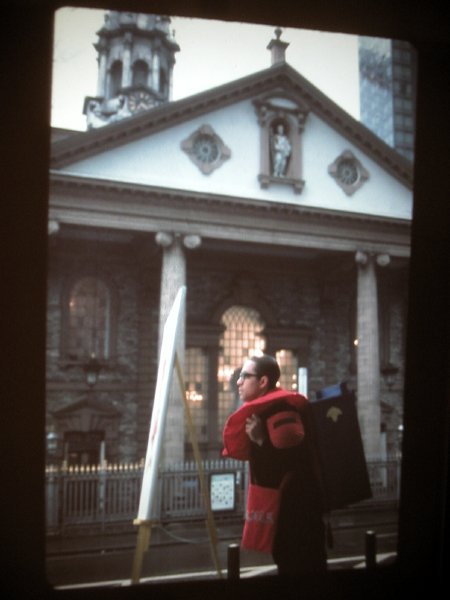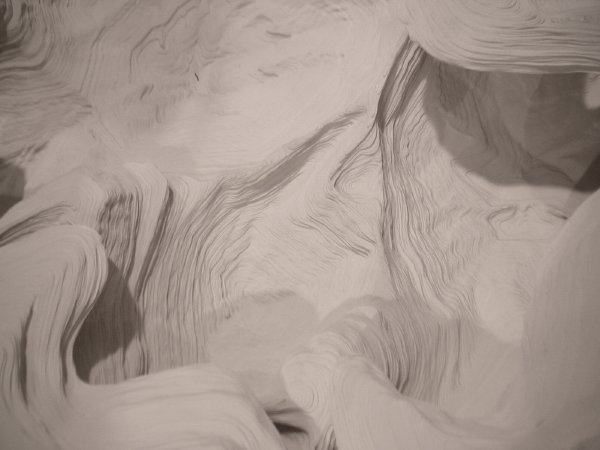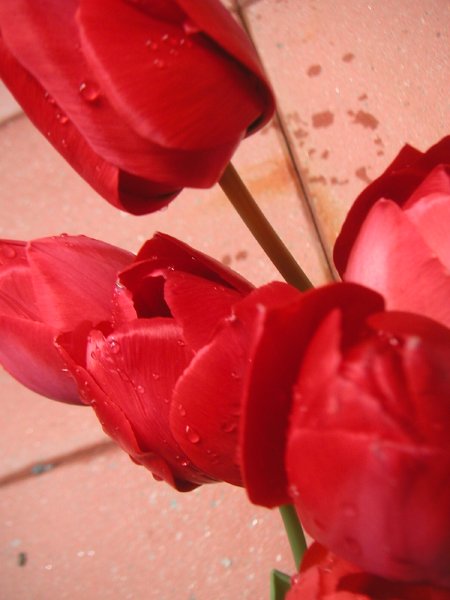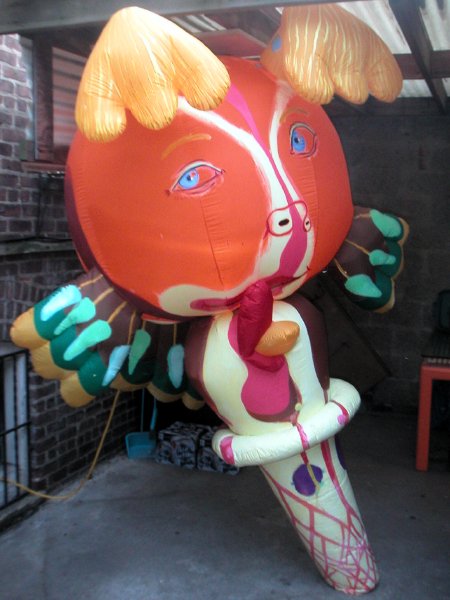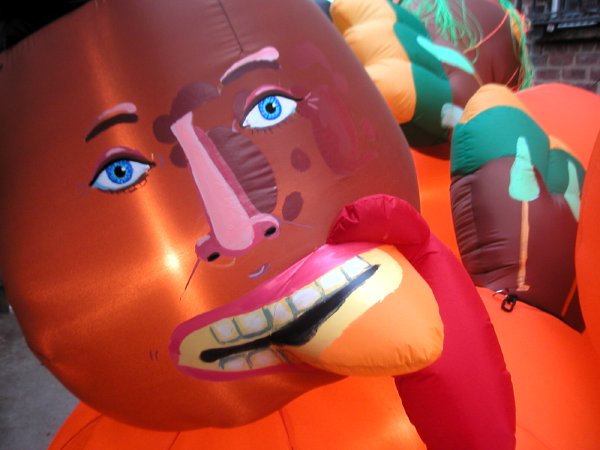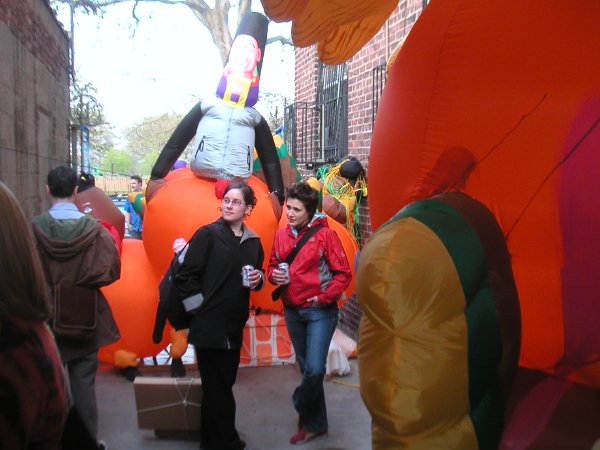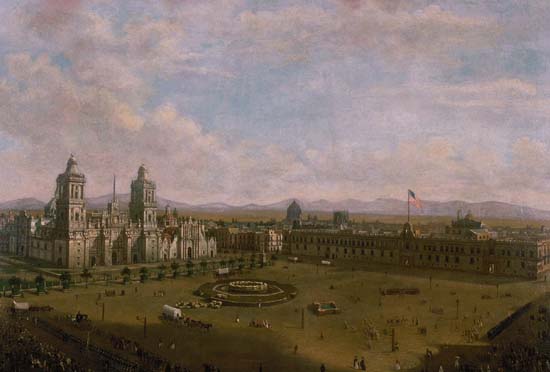
Pietro Gualdi Grand Plaza of Mexico City, Following the American Occupation of September 14, 1847 1847 oil on canvas [one of my all-time favorite public squares, for the richness of its life - once we left]
Over seventy years ago the Empire State Building was completed within thirteen months and yet we're still staring at a hole downtown.
As we approach the fourth anniversary of the attacks on the World Trade Center we have no idea what's going to be built on the still-empty site. Every intended purpose and every proposed design has ended up being compromised or rejected for one reason or another.
Except for the shopping mall.
The cultural spaces are out; people are apparently terrified of the idea of sitting at a desk high above "ground Zero," so no one is talking about building the tall office buildings first included in the proposals; and no one knows where the little Greek church is going to be. The only projects now left on the table are something called the "Freedom Tower," which has just been put on hold once again (because of the name, it's a not-so-surprising augury for Bush's America) and the even more tenebrous "Freedom Museum." The current state of plans for a memorial to the events of September 11 is a mess, and it was ill-conceived from the start.
And as far as real freedom is concerned, forget about it; gotta stay off the grass and stay off the streets. Maybe watch it on TV.
So I have a modest proposal to resolve the problem. Actually it's not modest in its implications or in the scale of its ambitions, only in the simplicity of its utility and its physical design.
New Yorkers have been told that they have no right to assemble in large numbers in Central Park to party or address political grievances, and they have seen how impossible it is to find any alternative in a city without great open public spaces. I suggest that the site of the old World Trade Center be made a true monument to freedom by reserving every acre of its surface as a public square devoted solely to the enjoyment of the people and to their right of expression, whether in joy or in anger.
It absolutely must not be a lawn however, even if there were any way to ensure that great assemblies of people would not damage it. We need a great plaza worthy of a great city. Plazas welcome free assembly. Downtown, in the new World Trade Center there will be trading in ideas and grass is not part of the kit.
We would be perfectly happy with cut stone or the happy-sounding, gravel-like surface used almost universally in the grand parks of European towns and cities. Trees, yes. Include trees perhaps, but only around the perimeter. London Plane trees would do just fine. Above all, let us have light and air. Freedom thrives on it.
ADDENDUM: A year and a half ago, Barry did a post describing a provocative, minimalist WTC proposal from Ellsworth Kelly, although his concept involved the grass thing.
[image from Louisiana State Museum]
